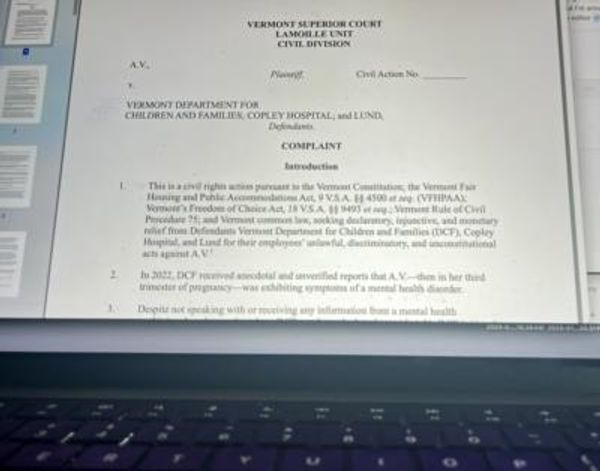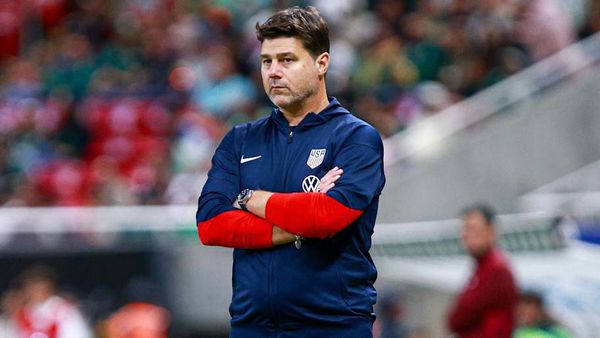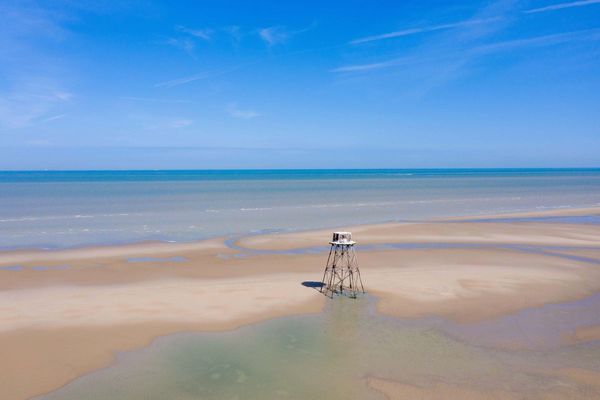
It’s well after teatime but we are working late, scanning yows. There is a regular clunk as the scanning crate doors open to let one yow out and another in. I have to juggle my spray cans so I use the right colour on the yow to show if she is carrying a single lamb, twins, triplets or is geld – empty. The scanner works quickly and shouts “twins” or “empty”.
The barn is full of activity. The scanner and myself by the door, but also my son and the scanner’s son dashing about in the barn moving animals around and making sure the “race” is always full of yows so that there is no delay. The scanner sits in an old car seat on the floor, concentrating on the screen.
We scan the yows so that we can match their nutritional intake to the number of lambs they are having. While we scan, we chat about farming news. The main topic of conversation is the newly announced environmental land management scheme and the implications it will have for upland farmers. A long document has been released giving more detail about how sustainable farming will be funded now that we have left the EU. We discuss the implications for our businesses.
We are pleased that the sustainable farming incentive for “low- and no-input grassland” (which means most of our fields, and many other upland farms) has been brought forward to 2023, and talk about the standards for managing hedgerows. Local people are very pleased that there is to be a payment for maintaining drystone walls, and barn restoration. We discuss the lack of a payment for native breeds, and how we may soon lose our local breed, rough fell sheep, from many farms.
It is a time of great change, but as I walk the sheep quietly out of the yard in the moonlight and back on to grass around the farmhouse, the scene feels timeless. For how many years have shepherds quietly moved sheep around this farm? How long have these moss-covered walls stood here to enclose stock? Five hundred years at least.
• Country Diary is on Twitter at @gdncountrydiary







